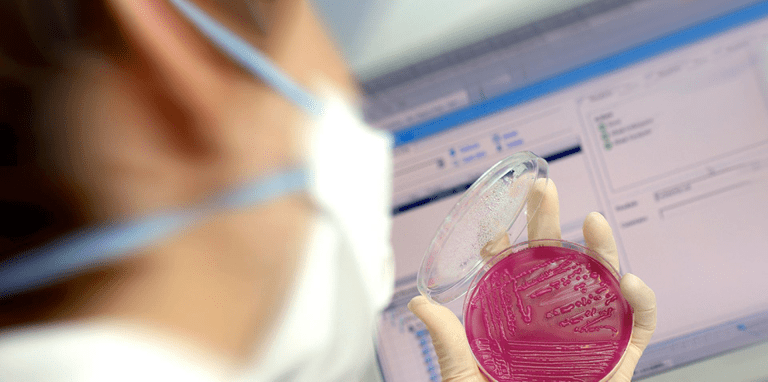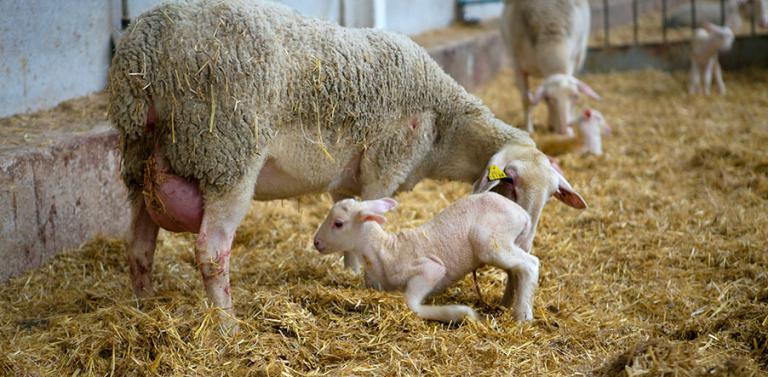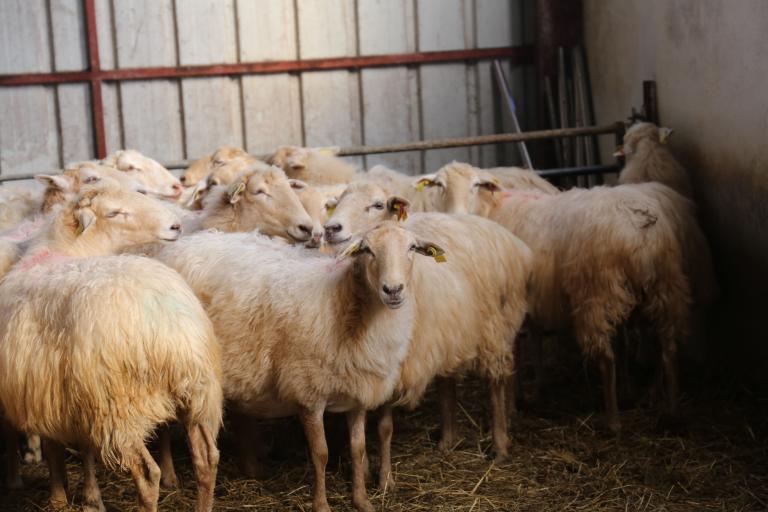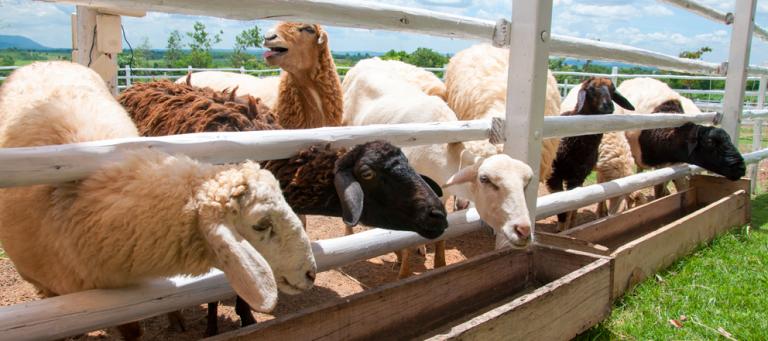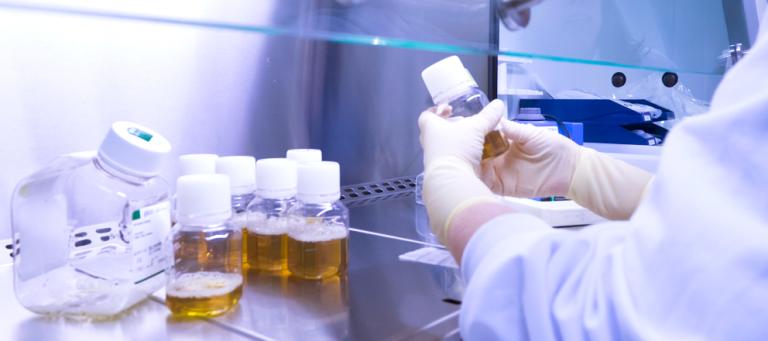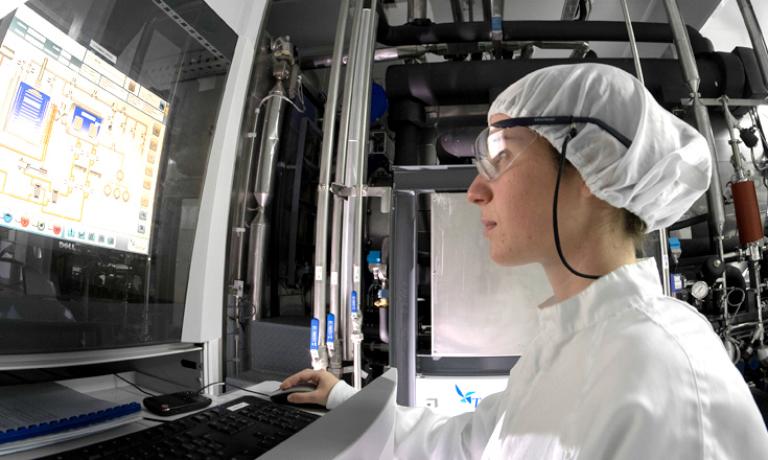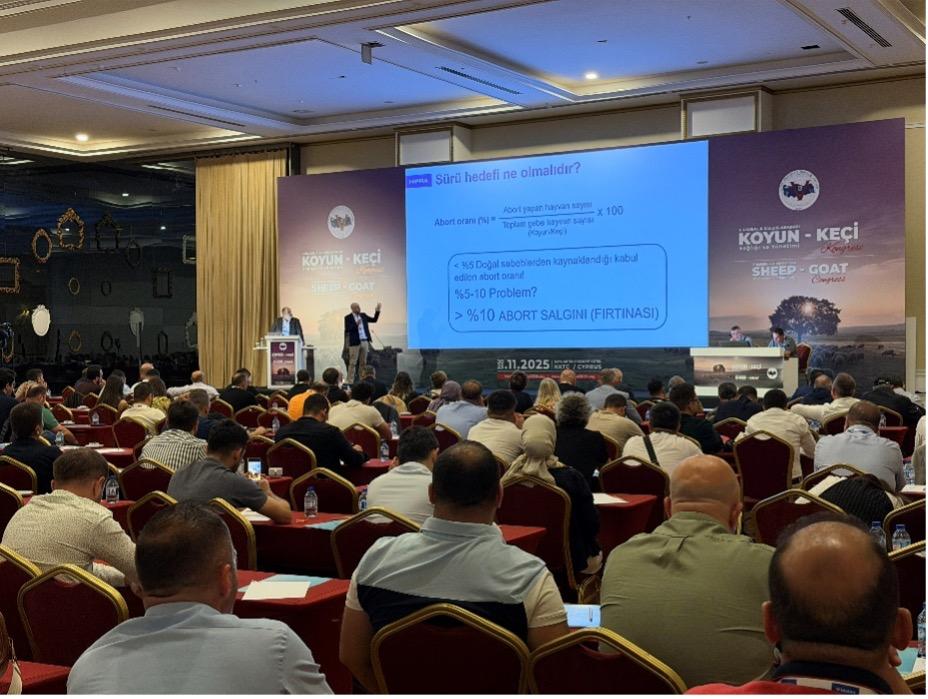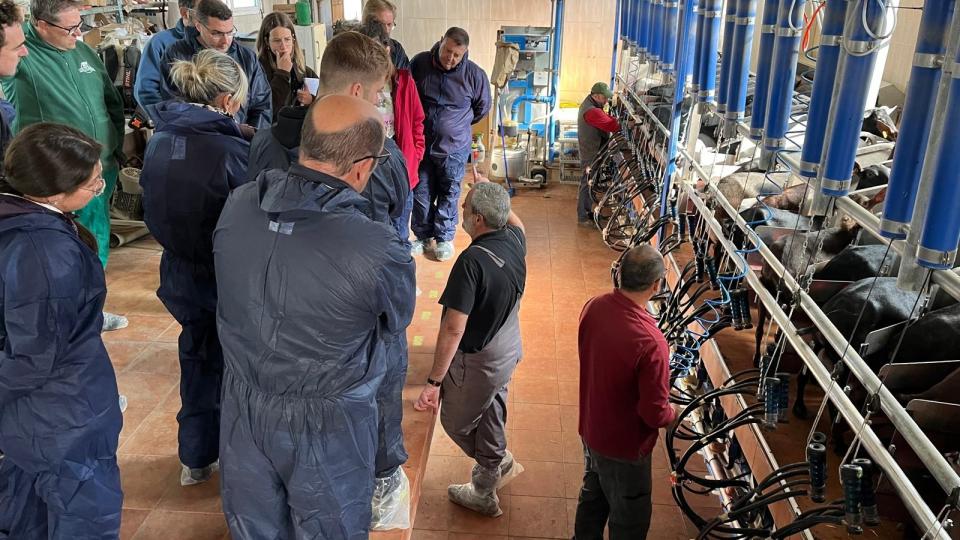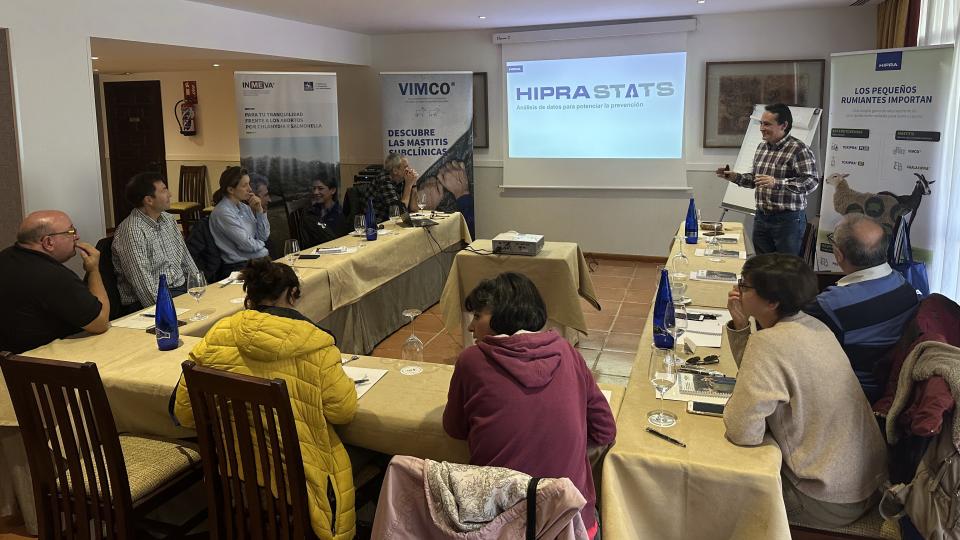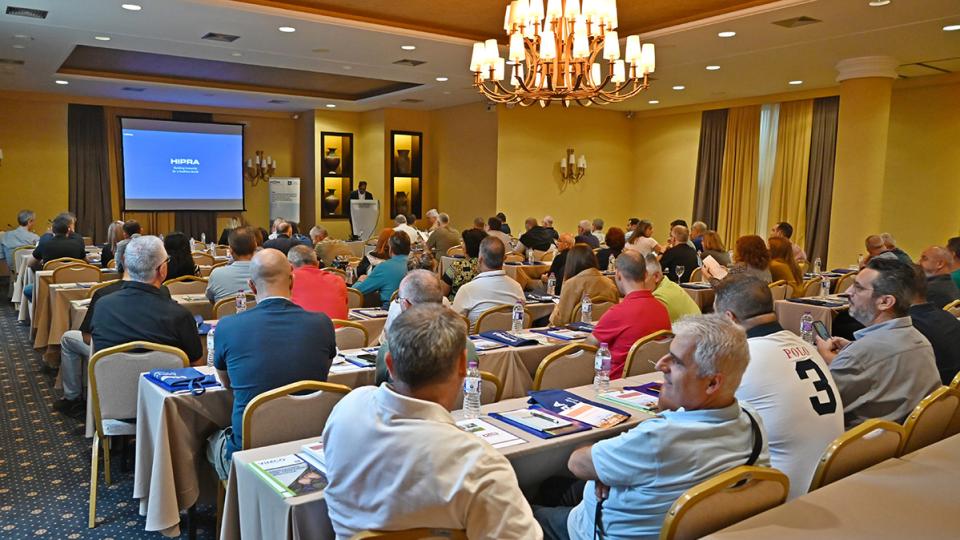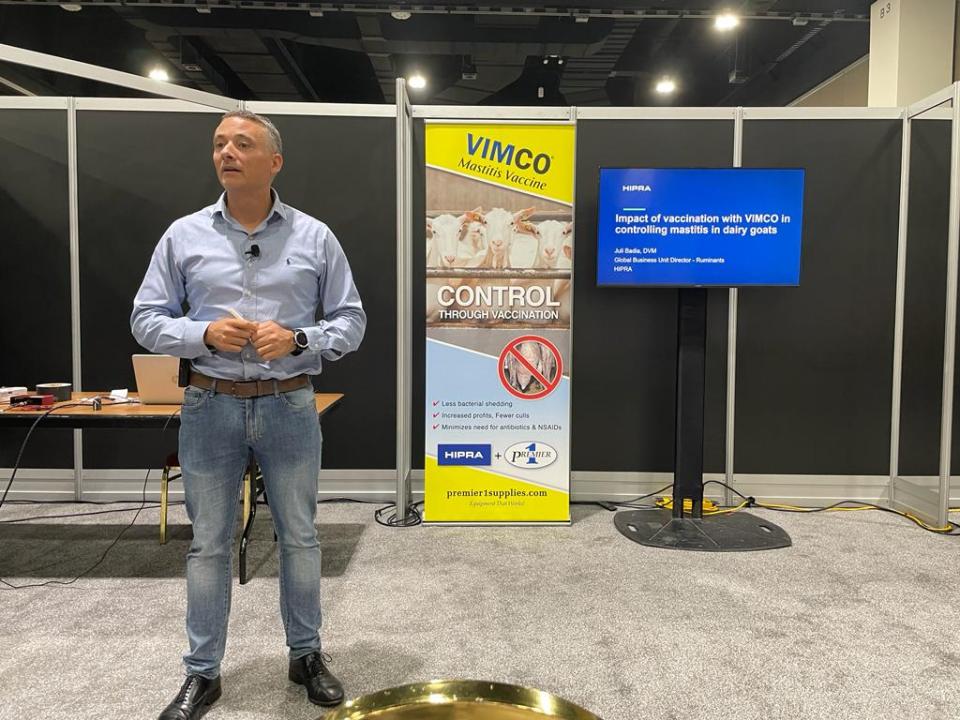Foot rot is a chronic necrotising disease that affects the interdigital epidermis and hoof of sheep.
AETIOLOGY:
Dichelobacter nodosus is the main cause of the disease, while Fusobacterium necrophorum is an associated pathogen. The two usually have a synergistic effect together and are responsible for foot rot. D. nodosus is an anaerobic, non-sporulating, gram-negative bacterium that uses pili as adhesins. This last feature allows the classification of the different serotypes of the bacterium.
TRANSMISSION:
F. necrophorum, which is always present in the atmosphere, produces a number of exotoxins that damage the hoof of the animal. Humidity and heat cause the sheep hoof to weaken, and D. nodosus takes advantage of this situation to invade the interdigital epidermis, thus causing the illness.
The introduction of a carrier animal (apparently uninfected) on a healthy farm may lead to the infection of the entire flock. Replication of the bacteria and disease transmission usually occurs under humid and hot weather conditions that are typical of the rainy season.
CLINICAL SIGNS:
Ovine foot rot can cause a series of non-specific clinical signs such as fever or the deterioration of the general condition of the animal. However, there are some signs that are characteristic of the disease:
- Interdigital dermatitis: this can be of various degrees, which will be reviewed in the next section.
- Strong characteristic odour of rot.
- Limping of animals that can get to the point where they graze on their knees:
Sometimes this disease can be complicated by secondary bacterial infections or myiasis.
LESIONS:
The primary lesion in foot rot is that in the animal’s hoof. This can be classified according to the severity of the lesion (Egerton 1971).
- Score 0: Normal.
- Score 1: Mild inflammation of the skin on the interdigital space.
- Score 2: more extensive necrotic skin inflammation that extends to the soft tissue of the hoof.
- Score 3: Under-running (separation) of the horn from the foot, which extends to the interior of the hoof.
- Score 4: Under-running extends to the hard and soft tissues in the interior of the hoof.
- Score 5: Necrotic inflammation of the deep layers of the epidermis which extends to all its hard tissues.
DIAGNOSIS:
A clinical or laboratory diagnosis can be made.
- Clinical diagnosis: This diagnosis will be based on the characteristic clinical signs mentioned above and the time of onset of the clinical outbreak (i.e. if it occurs during a time of year with high humidity and temperatures).
- Laboratory diagnosis: It can be made by isolating the bacteria in the culture medium (taking a sample from the interdigital area, which has to be transported under anaerobic conditions taking into account the characteristics of the bacteria, because if this is not done the risk of a false negative is very high) or by isolating the pathogen via PCR. The second technique allows us to also identify the serotype if we so desire.
PREVENTION AND CONTROL:
The management and control of foot rot should include the separation of the infected animals from the healthy ones, removal of chronic animals, compliance with biosafety standards when introducing new animals into the flock, taking into account the 15 days of depopulation for sanitary reasons, the use of footbaths, the periodic trimming of the hoofs and vaccination of the animals.









